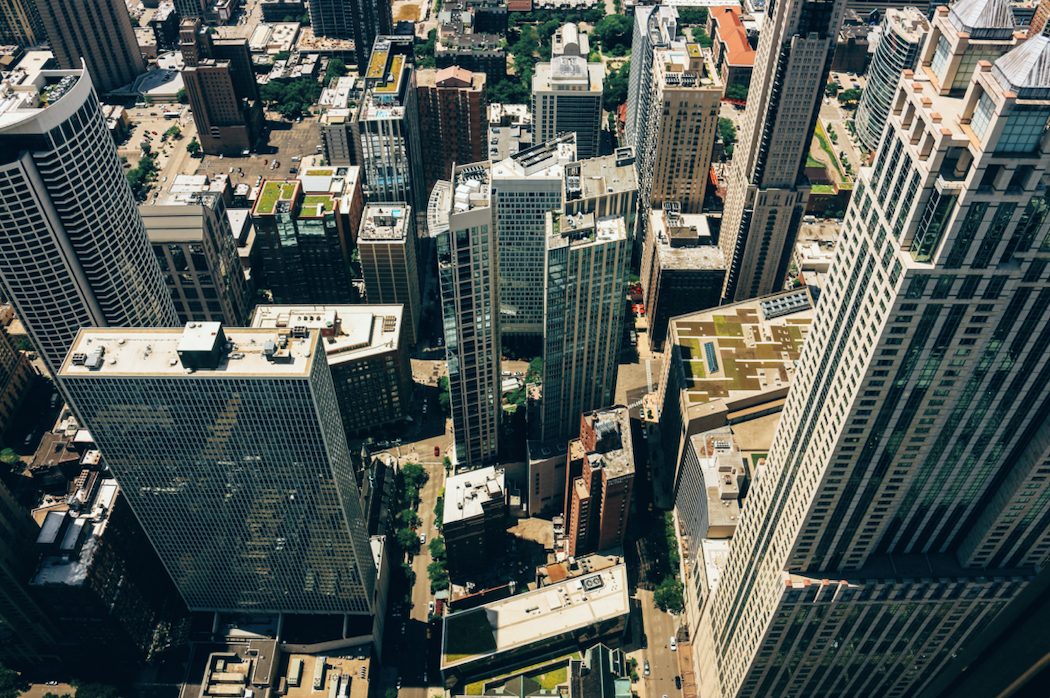

Along with its competitive waterfront location, breathtaking views, and unbeatable shopping, Streeterville, Chicago also boasts a unique and quirky past.
Discover the Streeterville history that transformed the neighborhood into what it is today.
Before Streeterville became a thriving place to reside and visit, the area was nothing more than water and sand.
Everything began to change when Captain George Streeter made his way up to Chicago with his wife Maria in the late 1800s.
While taking their boat out on Lake Michigan, a bad storm hit and drifted them to a sandbar off the Chicago harbor, where he decided to claim as his own.
Shortly after, as the area began to grow, Streeter found an unusual way to make a profit and began turning the sandbar into a public garbage disposal. This waste pile up led to the establishment of a shantytown leaving wealthy neighbors angry and concerned that their property values would decline.
Eventually, millionaire Kellogg Fairbank filed a suit against Streeter claiming he was the real owner of the area. Despite his legal obligation to leave the sandbar, the captain refused to relinquish the land and instead raised an army and set up a blockade in a final attempt to save what he believed was “his property.”
While Captain Streeter’s efforts were unsuccessful and quickly terminated by the police, his legacy remains in the neighborhood’s name.
Streeterville experienced its first significant growth spurt following the economic boom of the 1920s, which brought new wealth and development to the district.
The opening of the Michigan Avenue Bridge in 1921 elevated the neighborhood as the city’s prime real estate. Within a couple of years, Northwestern’s downtown campus was completed, a luxury shopping district was established on North Michigan Avenue, and investors introduced luxury hotels along Lake Shore Drive.
The second construction boom hit Streeterville following World War II. In a city-wide effort to pursue urban renewal, a local developer named Arthur Rubloff led the revitalization of North Michigan Avenue under the banner of “The Magnificent Mile.” This project’s success led to a reinvigorated investment in the neighborhood.
Streeterville has since continued to develop and attract more businesses, residents, and tourists.
You can get a taste of Streeterville’s history scattered throughout the neighborhood.
A few blocks from the Chicago River, on the corner of McClurg Court and Grand Avenue, you’ll find Captain George Streeter in the form of an eight-foot-tall bronze sculpture.
Along the Magnificent Mile, sits the iconic Chicago Water Tower, built in 1869, making it the second oldest water tower in the country. Initially constructed to house a water pump to draw water from Lake Michigan, the building now serves as a Chicago Office of Tourism art gallery.
These spots, along with many others, serve as a reminder of the unusual, yet remarkable Streeterville history that transformed the now flourishing neighborhood.
Get in touch with Luxury Living's team of experienced licensed real estate brokers and take the first step in buying or selling a home in Chicago.